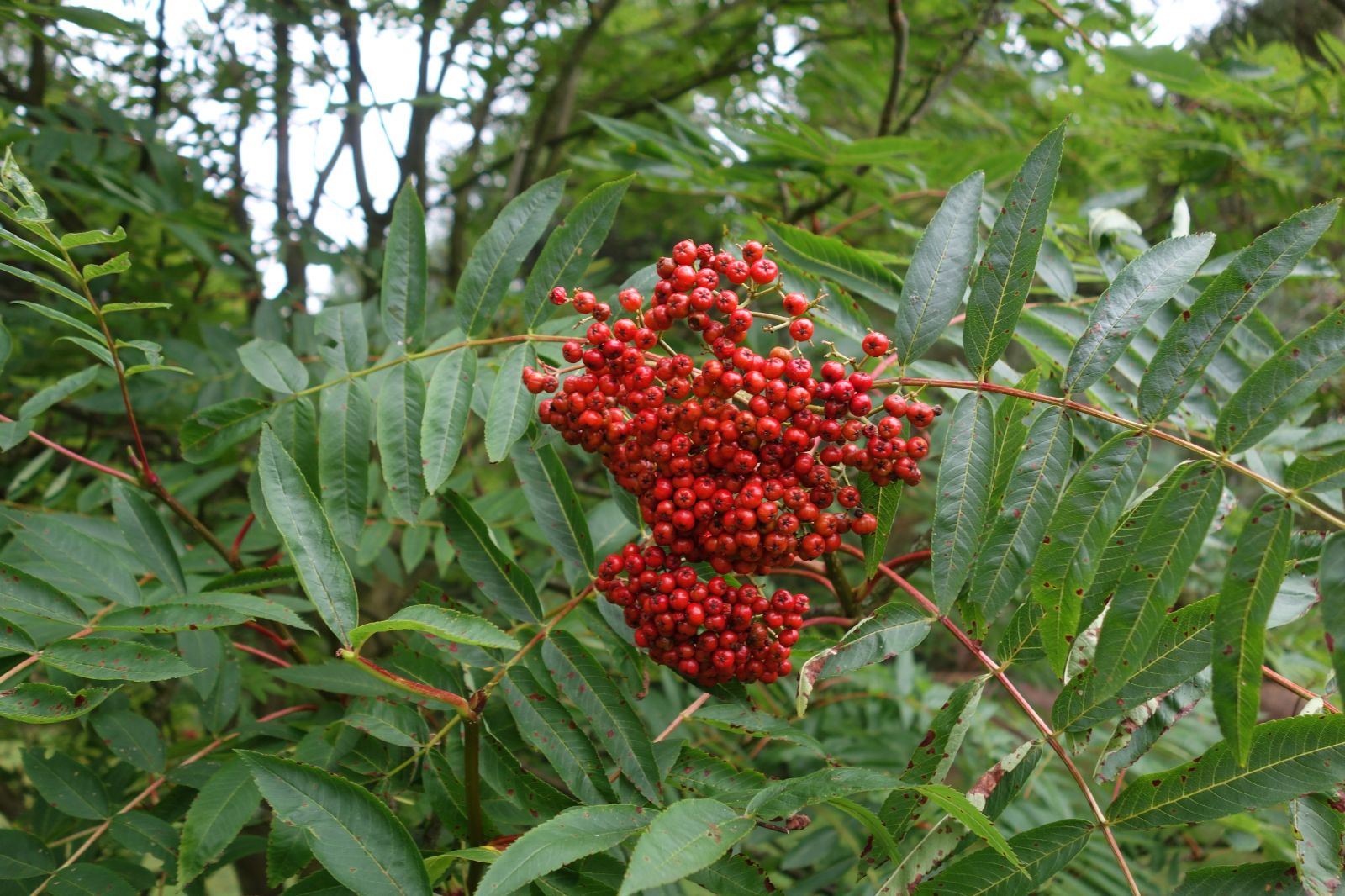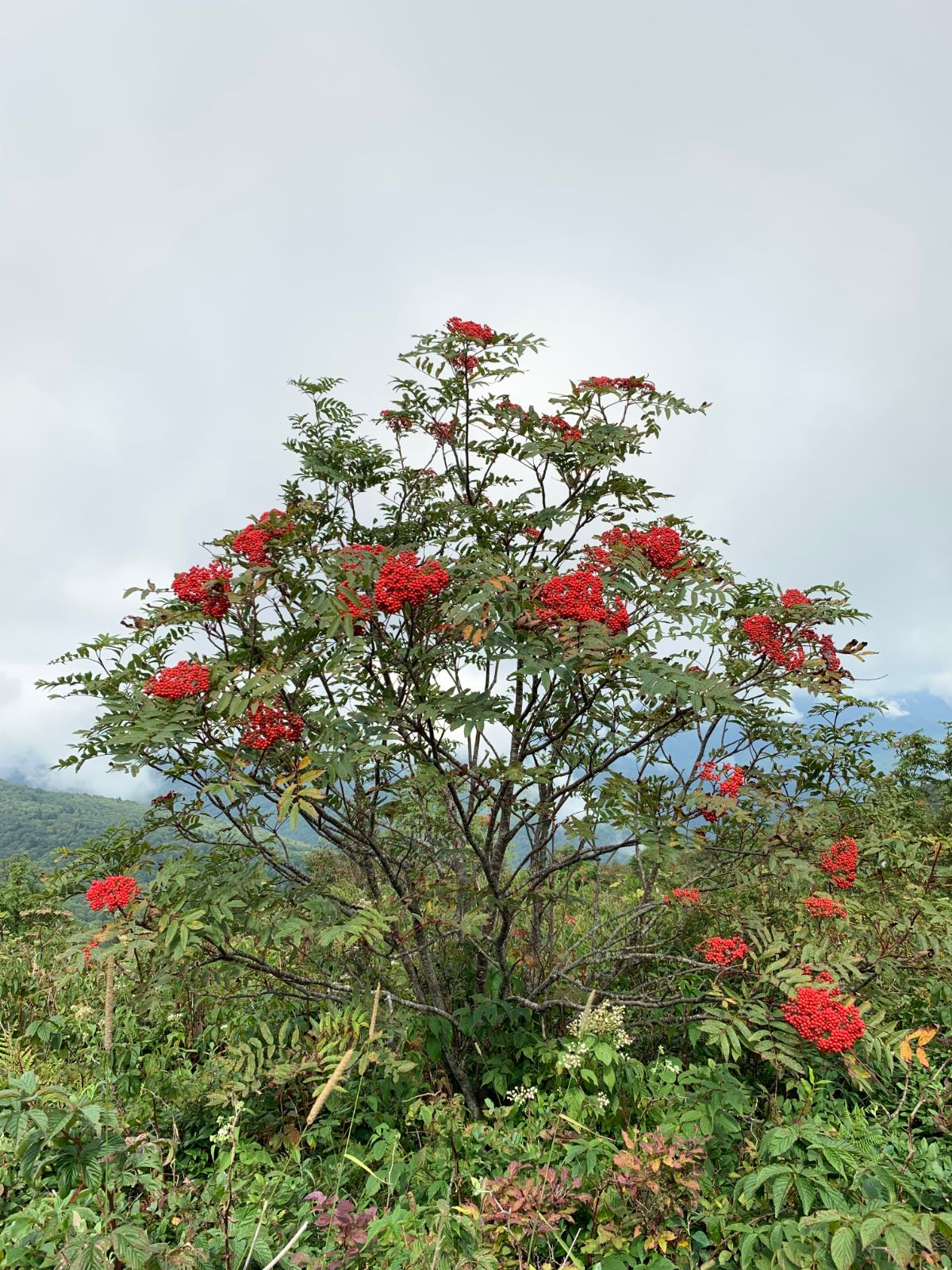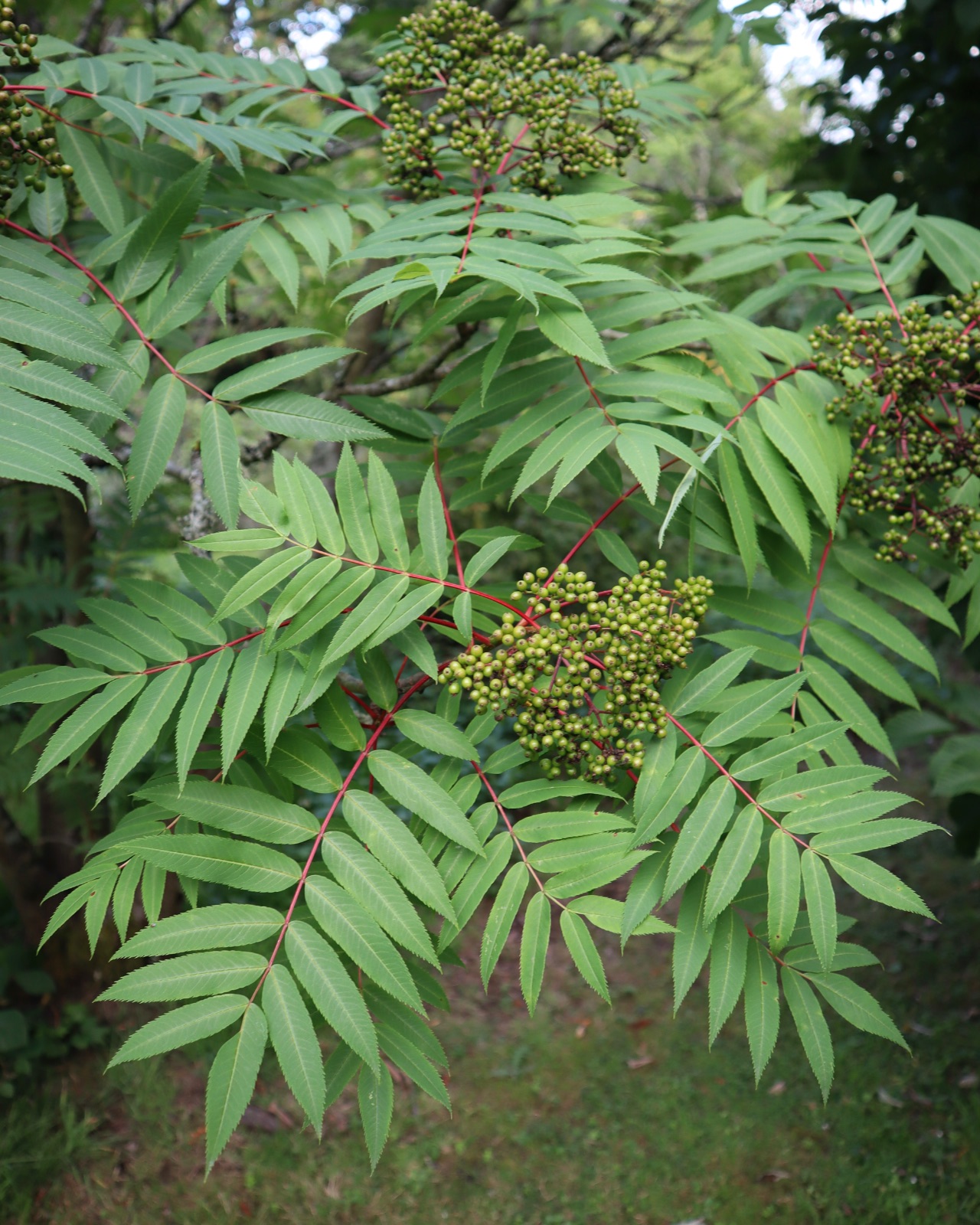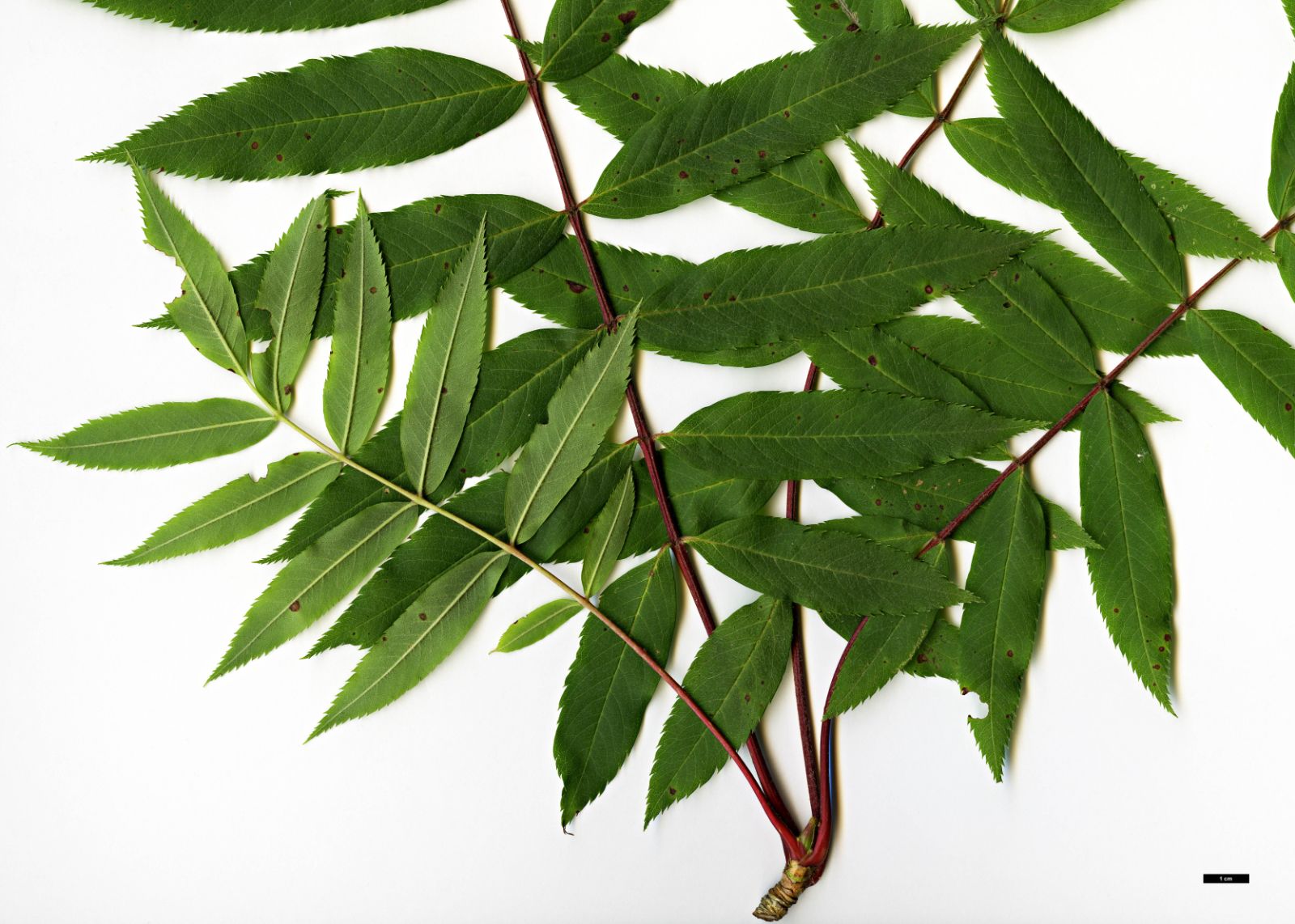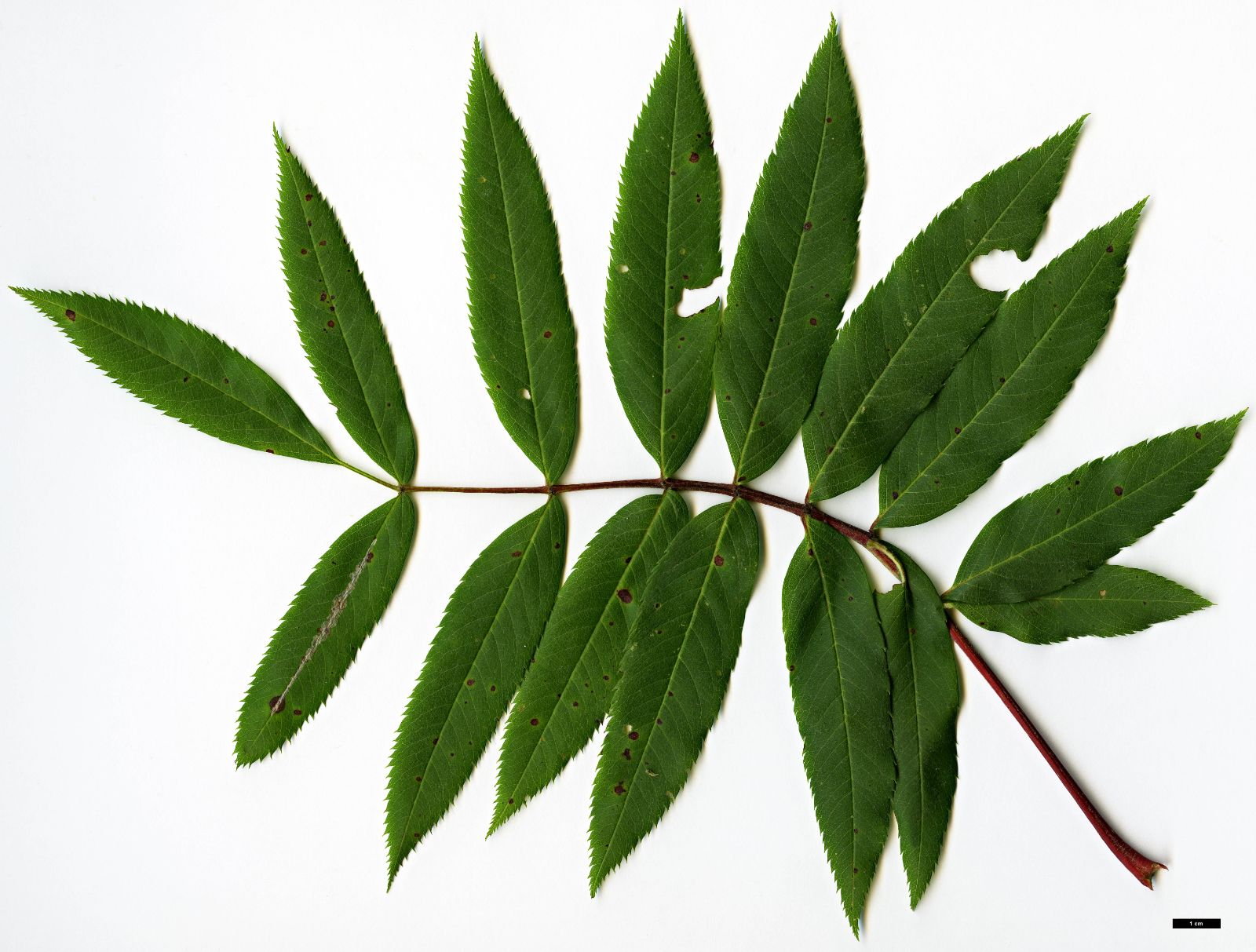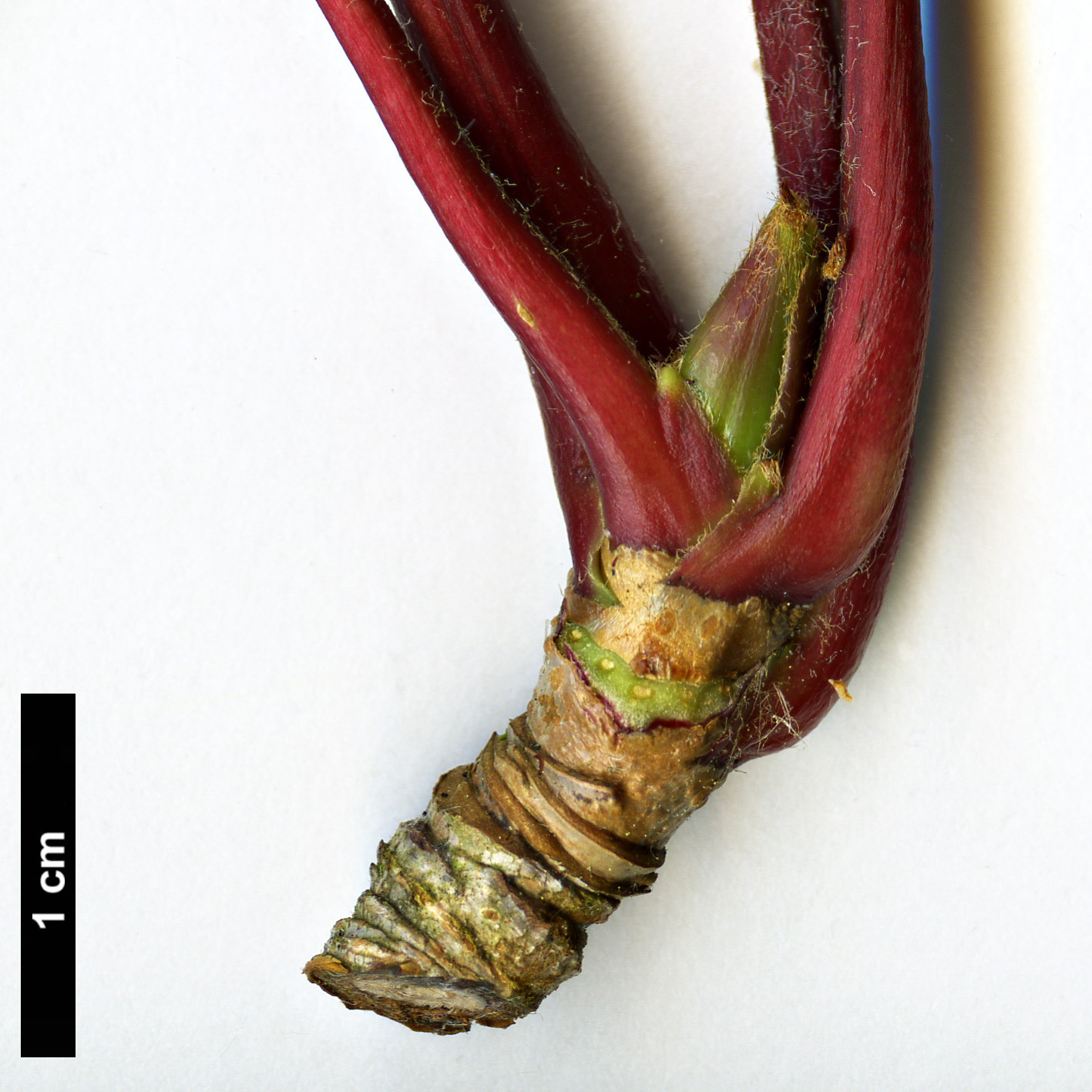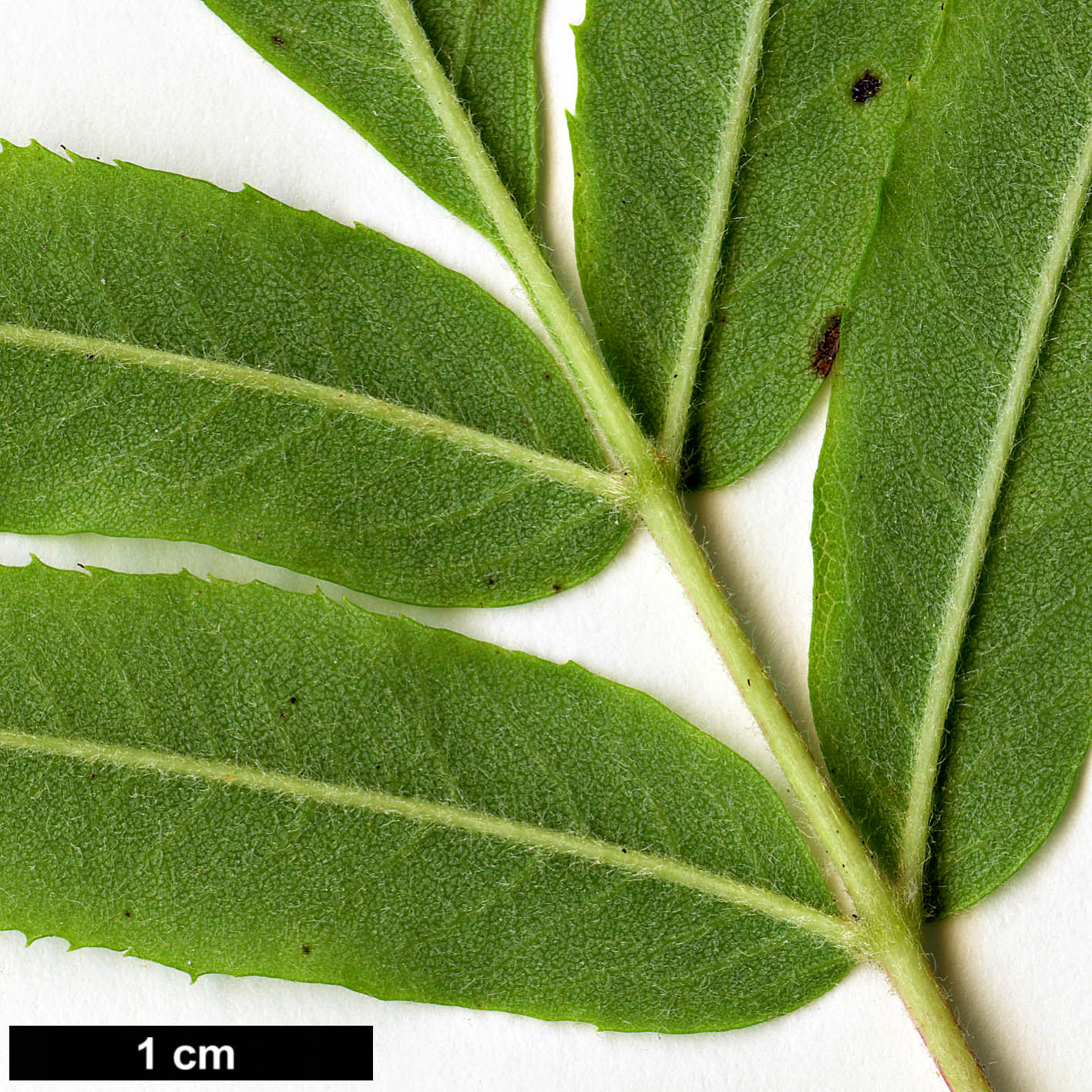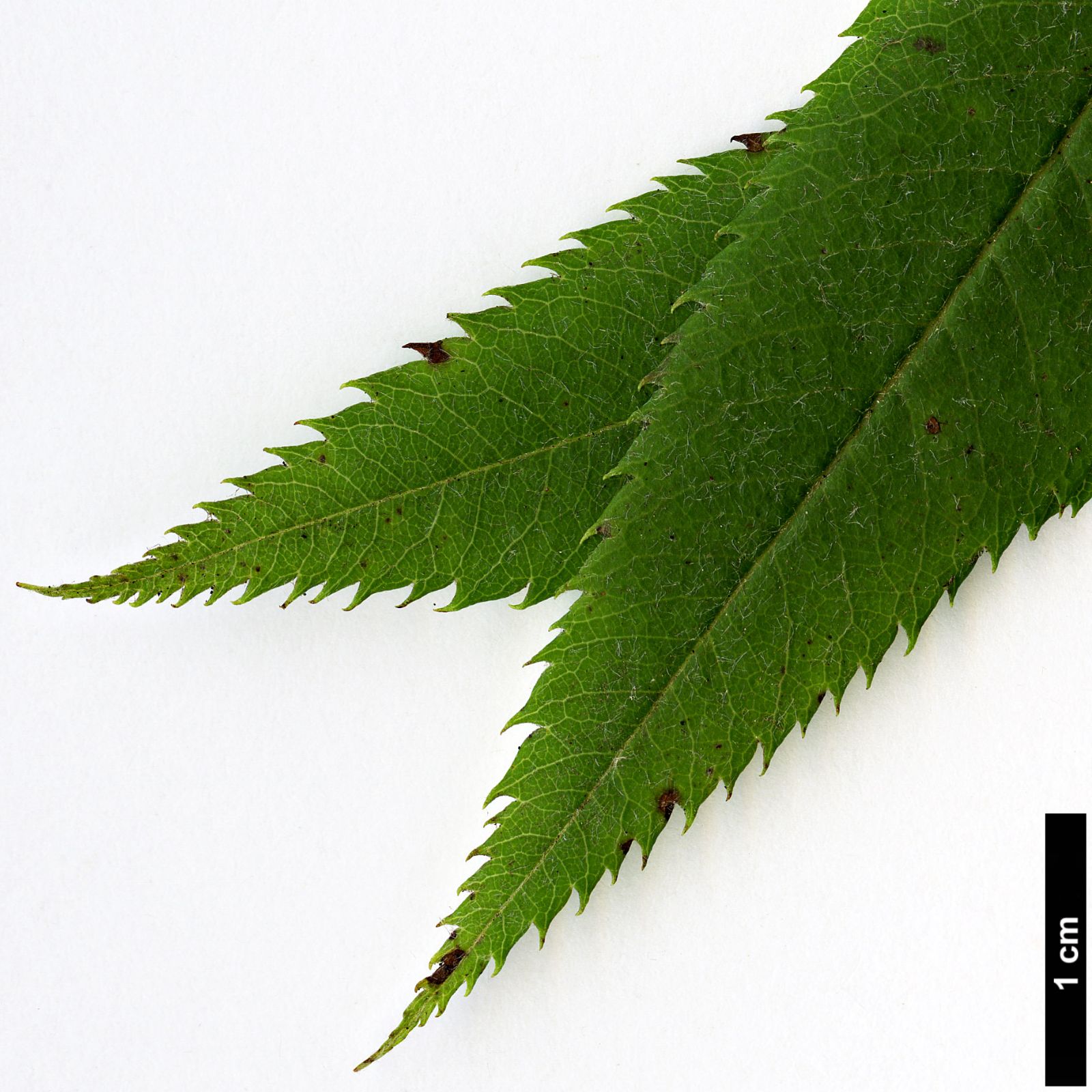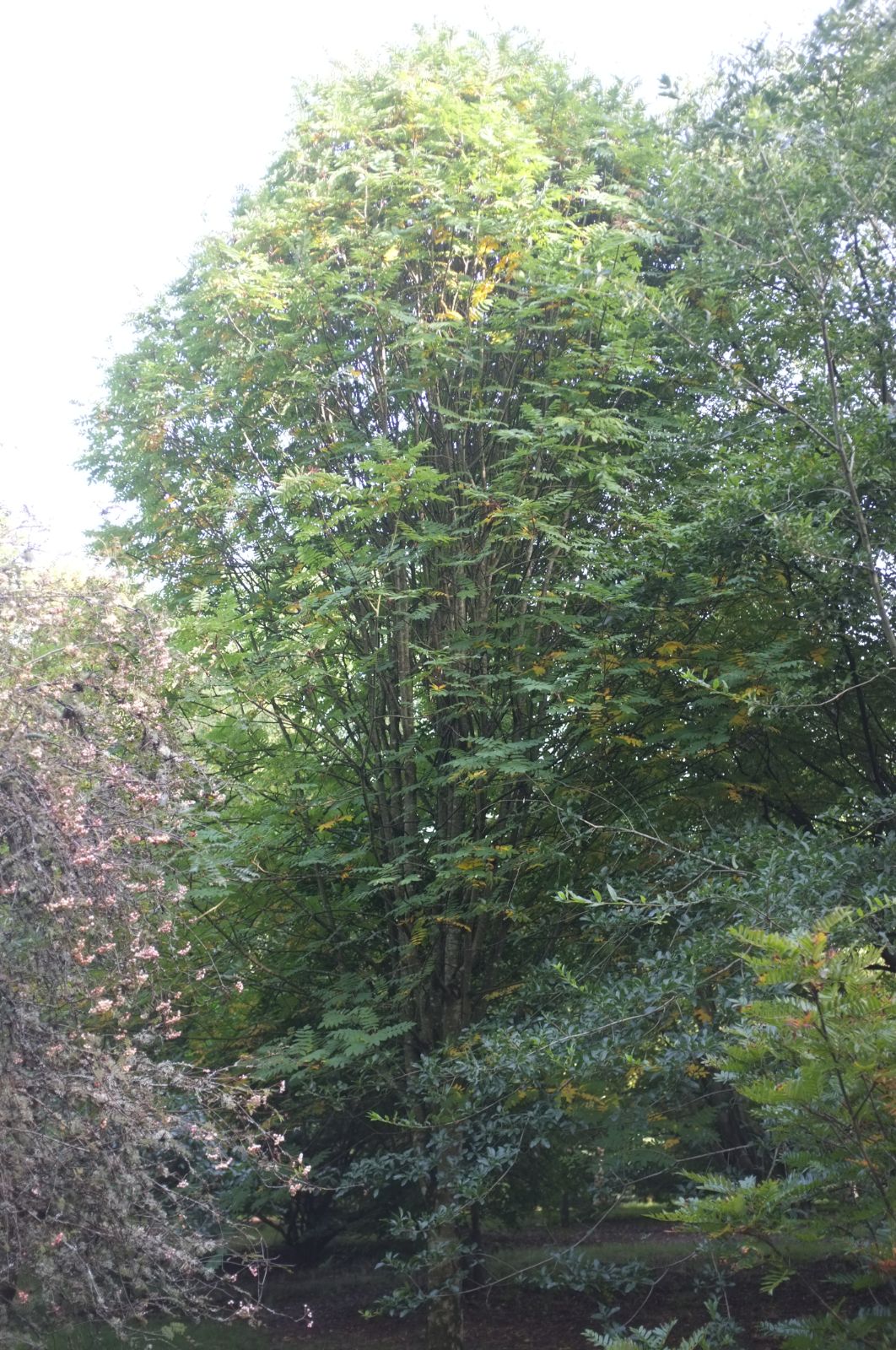Sorbus americana
Sponsor
Kindly sponsored by
This genus has been sponsored and new text is being prepared.
Credits
Article from Bean's Trees and Shrubs Hardy in the British Isles
Recommended citation
'Sorbus americana' from the website Trees and Shrubs Online (treesandshrubsonline.
Genus
Synonyms
- S. microcarpa Pursh
- Pyrus microcarpa (Pursh) DC.
- Pyrus americana of some authors, not DC.
Infraspecifics
Other taxa in genus
- Sorbus amoena
- Sorbus arachnoidea
- Sorbus aucuparia
- Sorbus carmesina
- Sorbus cashmiriana
- Sorbus commixta
- Sorbus coxii
- Sorbus decora
- Sorbus discolor
- Sorbus ellipsoidalis
- Sorbus esserteauiana
- Sorbus fansipanensis
- Sorbus foliolosa
- Sorbus forrestii
- Sorbus glabriuscula
- Sorbus glomerulata
- Sorbus gracilis
- Sorbus helenae
- Sorbus hupehensis
- Sorbus hypoglauca
- Sorbus insignis
- Sorbus 'Joseph Rock'
- Sorbus khumbuensis
- Sorbus koehneana
- Sorbus kongboensis
- Sorbus kurzii
- Sorbus lingshiensis
- Sorbus matsumurana
- Sorbus microphylla
- Sorbus muliensis
- Sorbus olivacea
- Sorbus parvifructa
- Sorbus pohuashanensis
- Sorbus poteriifolia
- Sorbus prattii
- Sorbus pseudohupehensis
- Sorbus pseudovilmorinii
- Sorbus randaiensis
- Sorbus reducta
- Sorbus rinzenii
- Sorbus rubescens
- Sorbus rufopilosa
- Sorbus rushforthii
- Sorbus sambucifolia
- Sorbus sargentiana
- Sorbus scalaris
- Sorbus sitchensis
- Sorbus tianschanica
- Sorbus ursina
- Sorbus vilmorinii
- Sorbus wallichii
- Sorbus wilsoniana
A tree 15 to 30 ft high in the wild, forming a rounded head, but often scarcely more than a shrub; branchlets stout, glabrous or at first downy, greyish brown by winter; winter-buds conical, dark purplish red, up to 3⁄4 in. long and about 1⁄4 in. wide, glabrous except for a tuft of brownish hairs at the apex, and some scattered white or brown hairs on the scales. Leaves pinnate, 6 to 12 in. long; lateral leaflets in five to eight pairs, 11⁄2 to 4 in. long, 1⁄2 to 3⁄4 in. wide, more or less gradually tapered to an acute apex, evenly serrate or doubly serrate, the teeth finely pointed, not spreading, light green and glabrous above, lower surface paler, slightly hairy at first or glabrous from the start. Flowers creamy white, about 3⁄16 in. across, produced about the beginning of June in flattish corymbs 3 to 5 in. wide; inflorescence-axes lenticellate, they and the receptacles glabrous. Stamens shorter than the petals. Fruits roundish, bright red, 1⁄4 to 3⁄8 in. wide, ripening in September or October.
Native of eastern North America; date of introduction to Britain uncertain (the rowan known to Loudon as Pyrus (Sorbus) americana was S. decora). The nearest ally of S. americana is S. commixta, which has non-glutinous buds, redder branchlets, usually more acuminately tapered leaflets, and a taller less bushy habit. In their typical states S. americana and S. decora are distinct enough, but hybrids and intermediates occur; see further under the latter species.
S. americana fruits freely in this country, and its bunches of berries are as handsome as those of the rowan, but it does not make so large a tree. It is quite hardy and grows rapidly when young. It received an Award of Merit on 24 October 1950 when exhibited by the Crown Estate Commissioners from Windsor Great Park. The plants there were part of a gift from the Government of Canada. The leaves of these trees turn apricot or red in autumn, but on some soils S. americana does not colour so brightly.
From the Supplement (Vol. V)
specimens: Windsor Great Park, near Totem Pole (see page 406), 36 × 23⁄4 (1978); Savill Garden, Windsor Great Park, 36 × 21⁄4 ft (1981); Westonbirt, Glos., Waste, 39 × 2 ft (1973); Thorp Perrow, Bedale, Yorks., 36 × 41⁄2 ft at 1 ft (1981).

